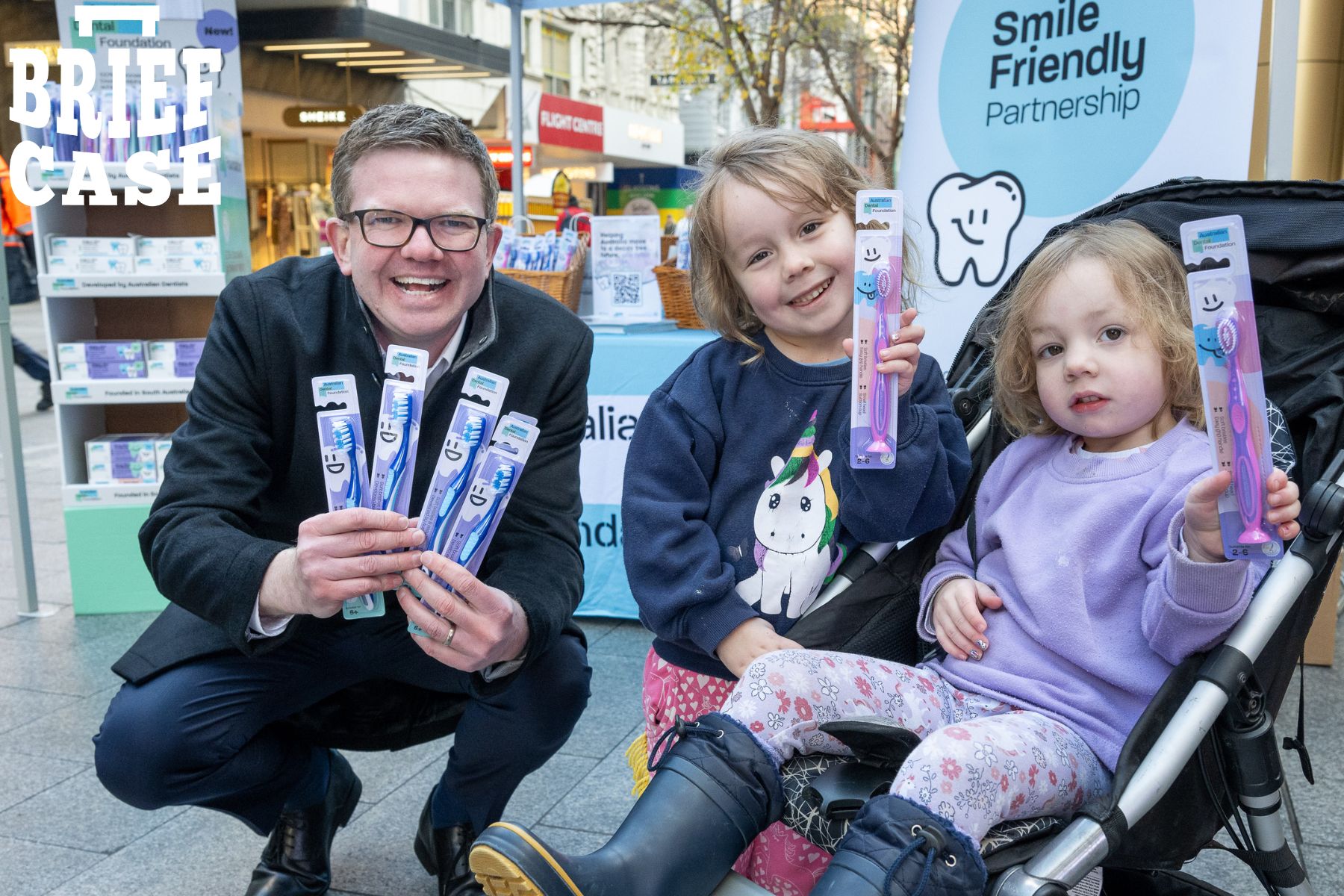Reality bites: Dentist reveals shock number of SA kids with cavities
SA children are hospitalised for preventable dental conditions more than any other state or territory, stemming from a lack of access and overly relaxed attitudes to oral health.

Thousands of South Australian kids are being hospitalised for preventable dental issues, new figures show — with children aged between five to nine particularly vulnerable.
According to the Australian Institute of Health and Welfare, more than 8450 South Australians kids stayed in hospital for a dental issue that could have been prevented in 2022-23.
For every 1000 South Australians hospitalised for dental issues in the same period, 12.3 were children, the figures showed.
Of 1000 South Australians of all ages, 4.4 people are hospitalised, up from 3.5 in 2013.
Australian Dental Foundation Chairman Dr Greg Miller said while the statistics were shocking, their organisation was unsurprised.
“I think it’s been a long time coming because you have a situation whereby there are limited resourcing constructs areas and increased disease burden amongst at-risk groups,” Miller said.
Miller said there is a generation of parents who had fewer disease incidents than the previous generation, resulting in them becoming more “relaxed” about oral health.
You might like
“For children, you have terrible kinds of foods which sell writ large within the supermarkets, sugary drink, sugary food, sugary snacks, which are the perfect cocktails for creating decay,” he said.
“The average child has at least one cavity, and if you have that in young and vulnerable children that are able to then have treatment through conventional means in the chair with happy gas sedation, then you do have this disease burden that gets created.
“I think it’s one in eighty children actually require hospitalisation for dental problems and if you think about that, that’s one child every two and a half classes.”
Miller said some barriers to dental access they’ve observed include parents being unable to take their children to the dentist during the work week, and no provision for public dental services open on weekends, pushing parents to the private system.
“If you’re out in regional South Australia, your experience is that the nearest public dental clinic is a long way away from you, and several of the public dental clinics out in the country have recently closed,” Miller said.
In a statement to InDaily, SA Dental said 80 per cent of all dental treatments in SA are provided through the private sector.
The Australian Dental Foundation provides outreach services to reach underserved areas through initiatives like their mobile clinics.
“Our mobile dental teams are out in schools and childcare centres every day, providing check-ups and treatments, so we are witness to this sad state of affairs,” Miller said.
Stay informed, daily
“This is where I think rubber hits the road in these at-risk communities because if we can provide prevention education and advice directly to them, that is going to make a really good difference.”
The Australian Dental Foundation is the largest provider of age care dentistry in Australia, and operates independently from the state and federal governments.

Miller says more government engagement with organisations like theirs is needed to address dental service gaps in the public system.
“The foundation is ideally positioned and suited to be a solutions provider,” he said.
“Through the support of the public and through cost recovery activities like selling toothbrushes and toothpaste, that’s allowed us to achieve a lot.
The state government’s Department of Child Protection (DCP) has a relationship with the Australian Dental Foundation to ensure vulnerable children receive oral health care, working with them to get dental checkups and treatments in more than 350 schools and childcare centres statewide.
Other services include emergency dental treatment for children in state care, dental and orthodontic assistance for those transitioning out of state care and clinics at DCP offices throughout SA during the school holidays.
SA Dental said funding and policy for the provision of public dental services are a federal government responsibility.
“Everyone under 18 years who either lives in, or goes to school in South Australia can attend a public SA Dental clinic,” it said.
“To help reduce the need for hospitalisations of children, SA Dental has implemented additional localised clinical treatment options such as the use of stainless-steel crowns to reduce the need for extractions.”
SA Dental said it “engages in proactive measures to reduce the rates of tooth decay in children generally”.
These measures include early childhood screening programs to promote good oral health and uptake of dental services, and a joint promotional campaign with the Commonwealth-funded Child Dental Benefit schedule to promote routine dental care.
“This campaign has resulted in CDBS utilisation for South Australia reaching 42.5% which is the highest rate for any state in the country,” SA Dental said.








